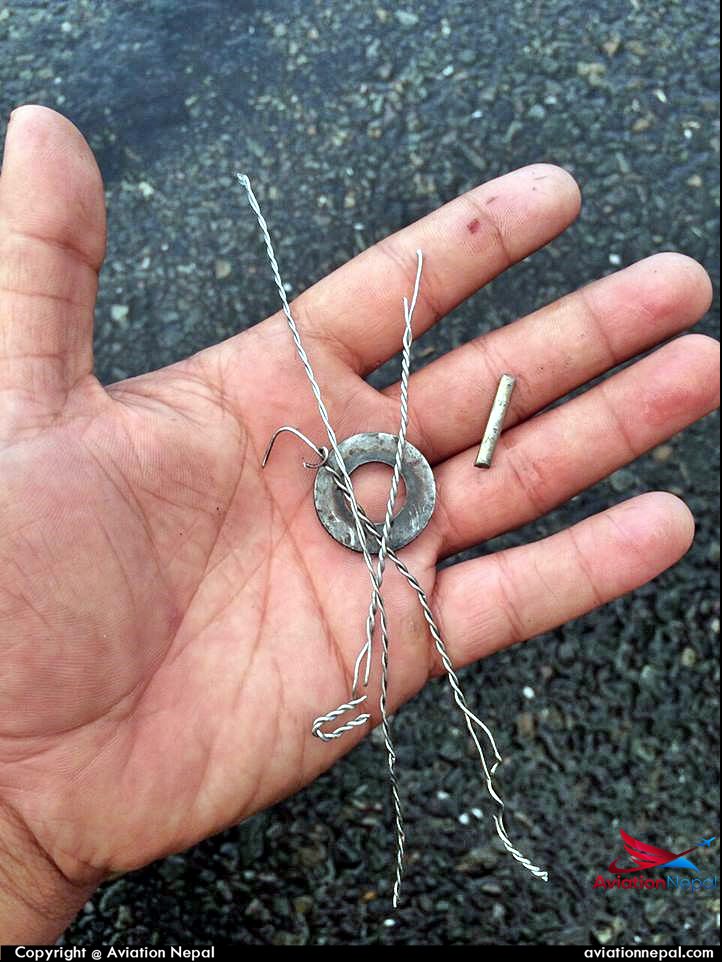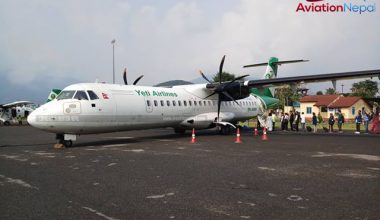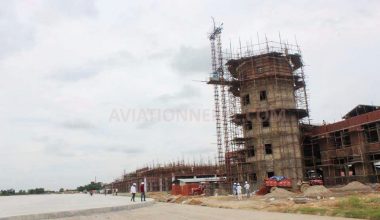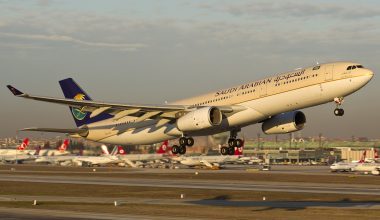
Foreign Object Debris (FOD) problems in the aerodrome of Tribhuvan International Airport (TIA)
Kathmandu – 20 October 2016
Foreign Object Debris (FOD) is not a new problem in the vicinity of Tribhuvan International Airport. With the presence of FOD, there is always high risk to cause injury to persons and cause damage to the aircraft and their equipment. The presence of rubber deposits in the runway, bird strikes and different runway corner cracks have caused terrible problems and accidents which has produced colossal loss and damage.
As per ICAO Annex 14 which states that “the surface of pavements (runways, taxiways, aprons and adjacent areas) shall be kept clear of any loose stones or other objects that might cause damage to aircraft structures or engines, or impair the operation of aircraft systems.” This clearly shows how an aerodrome should be constantly inspected and maintained avoiding external obstacles that do not belong to the air operations area.
While maintenance unit in TIA has been doing its duty, the required amount of care and management is still lacking in the airport. FOD are quite hazardous considering previous incidents that created both loss of human lives and aircraft property. The recently seen FOD in TIA’s aerodrome has been the locking wires, washers etc. which could have been present during the haphazard maintenance of aircraft engines and other parts, wind gust, streaming of rain water and drainage or any other construction activities.



These locking wires, nuts and washers have the potential to create huge accidents affecting people and damaging aircraft especially through the jet aircraft which can blast the debris onto people and other aircraft’s engines which then blocks the turbine hindering the engine and creating accidents. While, these materials on the pavement remain considerable trouble, the outboard engines necessarily gust any loose dirt and materials from the shoulder and infield areas onto the runway. Also, the outboard engines of four-engine aircraft can move debris from the runway edge and shoulder areas, where it tends to amass, back toward the center of the runway or taxiway.
In addition to that, helicopters that maneuver over freshly mowed or loose-dirt infield areas can also move FOD onto runways, taxiways, and ramps. In addition, the rotor wash from a helicopter can propel lightweight ground support equipment (GSE) or materials staged nearby. The crash of a Concorde, Air France Flight 4590, at Charles de Gaulle Airport near Paris on 25 July 2000 was caused by FOD, in this case a piece of titanium debris on the runway which had been part of a thrust reverser which fell off from a Continental Airlines McDonnell Douglas DC-10 that had taken off about four minutes earlier. All 100 passengers and nine crew on board the flight, as well as four people on the ground, were killed.
While the debris on the ground like these are much more hazardous and wind or prop wash can create much more danger in the movement area of the aerodrome, the constant bird strikes are not new for Nepalese aviation considering migratory birds travel around this time of year, unwanted vegetation around the aerodrome invite insects which are eaten by birds which come by the runway vicinity and can create bird strikes during landing time.
A good deal has been said and brought into notice but the necessary amendment for these kind of major harms are not properly dealt with. The problems are small but are very dangerous threats to the airport and aircraft along with the passengers.
The FOD damage alone around the world create loss of almost thirteen billion per year to the aviation industry including indirect costs which include aircraft changes, fuel costs, unscheduled maintenance and much more. These losses are quite significant and TIA is unable to realize these possible losses. While the regulations instructs runway detection’s, maintenance activities, FOD removal using advanced technologies and other evaluations and checks, the proper follow up according to the rules are not seen inside TIA which shows the mismanagement and care of security officials. While safety in the air is necessary, the biggest challenge to aviation safety has been on the ground.






